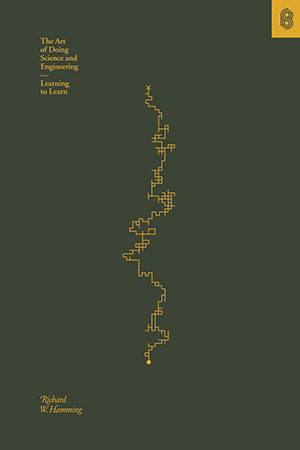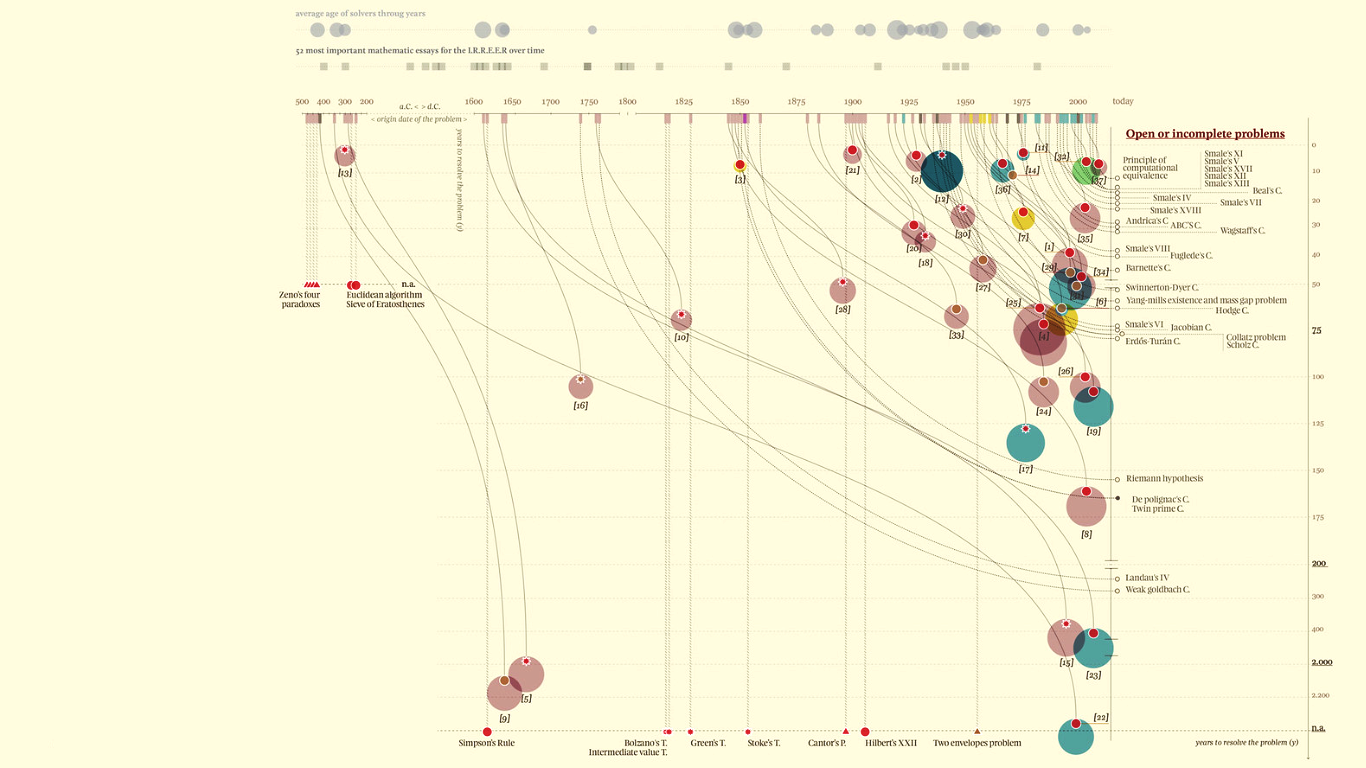
Library
Data Science
Foster Provost
Data Science for Business
Written by renowned data science experts Foster Provost and Tom Fawcett, Data Science for Business introduces the fundamental principles of data science, and walks you through the data-analytic thinking necessary for extracting useful knowledge and business value from the data you collect. This guide also helps you understand the many data-mining techniques in use today. Based on an MBA course Provost has taught at New York University over the past ten years, Data Science for Business provides examples of real-world business problems to illustrate these principles. You’ll not only learn how to improve communication between business stakeholders and data scientists, but also how participate intelligently in your company’s data science projects. You’ll also discover how to think data-analytically, and fully appreciate how data science methods can support business decision-making. Understand how data science fits in your organization—and how you can use it for competitive advantage Treat data as a business asset that requires careful investment if you’re to gain real value Approach business problems data-analytically, using the data-mining process to gather good data in the most appropriate way Learn general concepts for actually extracting knowledge from data Apply data science principles when interviewing data science job candidates
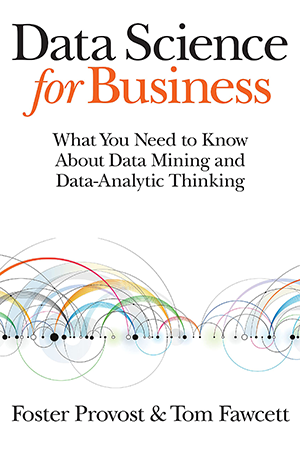
Cathy O'Neil
Doing Data Science
Now that people are aware that data can make the difference in an election or a business model, data science as an occupation is gaining ground. But how can you get started working in a wide-ranging, interdisciplinary field that’s so clouded in hype? This insightful book, based on Columbia University’s Introduction to Data Science class, tells you what you need to know. In many of these chapter-long lectures, data scientists from companies such as Google, Microsoft, and eBay share new algorithms, methods, and models by presenting case studies and the code they use. If you’re familiar with linear algebra, probability, and statistics, and have programming experience, this book is an ideal introduction to data science. Topics include: Statistical inference, exploratory data analysis, and the data science process Algorithms Spam filters, Naive Bayes, and data wrangling Logistic regression Financial modeling Recommendation engines and causality Data visualization Social networks and data journalism Data engineering, MapReduce, Pregel, and Hadoop Doing Data Science is collaboration between course instructor Rachel Schutt, Senior VP of Data Science at News Corp, and data science consultant Cathy O’Neil, a senior data scientist at Johnson Research Labs, who attended and blogged about the course.
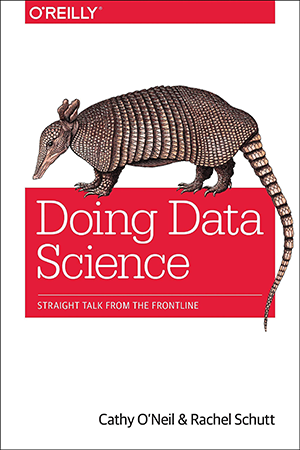
Aileen Nielsen
Practical Fairness: Achieving Fair and Secure Data Models 1st Edition
Fairness is becoming a paramount consideration for data scientists. Mounting evidence indicates that the widespread deployment of machine learning and AI in business and government is reproducing the same biases we're trying to fight in the real world. But what does fairness mean when it comes to code? This practical book covers basic concerns related to data security and privacy to help data and AI professionals use code that's fair and free of bias. Many realistic best practices are emerging at all steps along the data pipeline today, from data selection and preprocessing to closed model audits. Author Aileen Nielsen guides you through technical, legal, and ethical aspects of making code fair and secure, while highlighting up-to-date academic research and ongoing legal developments related to fairness and algorithms.
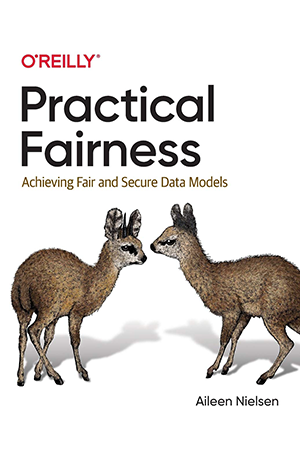
Aileen Nielsen
Practical Time Series Analysis
Time series data analysis is increasingly important due to the massive production of such data through the internet of things, the digitalization of healthcare, and the rise of smart cities. As continuous monitoring and data collection become more common, the need for competent time series analysis with both statistical and machine learning techniques will increase. Covering innovations in time series data analysis and use cases from the real world, this practical guide will help you solve the most common data engineering and analysis challengesin time series, using both traditional statistical and modern machine learning techniques. Author Aileen Nielsen offers an accessible, well-rounded introduction to time series in both R and Python that will have data scientists, software engineers, and researchers up and running quickly.
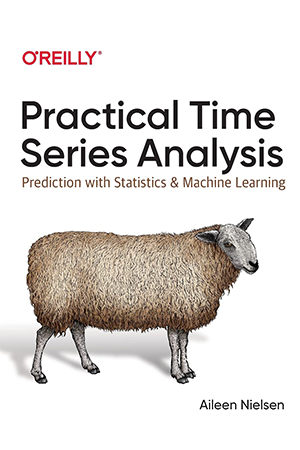
Pascal Bugnion
Scala for Data Science
Leverage the power of Scala with different tools to build scalable, robust data science applications About This Book A complete guide for scalable data science solutions, from data ingestion to data visualization Deploy horizontally scalable data processing pipelines and take advantage of web frameworks to build engaging visualizations Build functional, type-safe routines to interact with relational and NoSQL databases with the help of tutorials and examples provided Who This Book Is For If you are a Scala developer or data scientist, or if you want to enter the field of data science, then this book will give you all the tools you need to implement data science solutions. What You Will Learn Transform and filter tabular data to extract features for machine learning Implement your own algorithms or take advantage of MLLib's extensive suite of models to build distributed machine learning pipelines Read, transform, and write data to both SQL and NoSQL databases in a functional manner Write robust routines to query web APIs Read data from web APIs such as the GitHub or Twitter API Use Scala to interact with MongoDB, which offers high performance and helps to store large data sets with uncertain query requirements Create Scala web applications that couple with JavaScript libraries such as D3 to create compelling interactive visualizations Deploy scalable parallel applications using Apache Spark, loading data from HDFS or Hive In Detail Scala is a multi-paradigm programming language (it supports both object-oriented and functional programming) and scripting language used to build applications for the JVM.
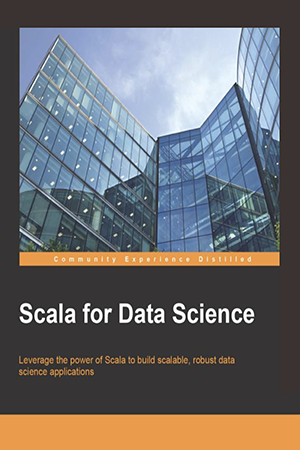
Cathy O'Neil
Weapons of Math Destruction
Longlisted for the National Book Award New York Times Bestseller A former Wall Street quant sounds an alarm on the mathematical models that pervade modern life -- and threaten to rip apart our social fabric We live in the age of the algorithm. Increasingly, the decisions that affect our lives--where we go to school, whether we get a car loan, how much we pay for health insurance--are being made not by humans, but by mathematical models. In theory, this should lead to greater fairness: Everyone is judged according to the same rules, and bias is eliminated. But as Cathy ONeil reveals in this urgent and necessary book, the opposite is true. The models being used today are opaque, unregulated, and uncontestable, even when theyre wrong. Most troubling, they reinforce discrimination: If a poor student cant get a loan because a lending model deems him too risky (by virtue of his zip code), hes then cut off from the kind of education that could pull him out of poverty, and a vicious spiral ensues. Models are propping up the lucky and punishing the downtrodden, creating a toxic cocktail for democracy. Welcome to the dark side of Big Data. Tracing the arc of a persons life, ONeil exposes the black box models that shape our future, both as individuals and as a society. These weapons of math destruction score teachers and students, sort r sum s, grant (or deny) loans, evaluate workers, target voters, set parole, and monitor our health. ONeil calls on modelers to take more responsibility for their algorithms and on policy makers to regulate their use. But in the end, its up to us to become more savvy about the models that govern our lives. This important book empowers us to ask the tough questions, uncover the truth, and demand change.
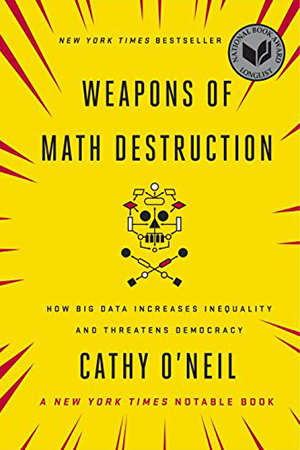
Richard R. Hamming
Art of Doing Science and Engineering
Highly effective thinking is an art that engineers and scientists can be taught to develop. By presenting actual experiences and analyzing them as they are described, the author conveys the developmental thought processes employed and shows a style of thinking that leads to successful results is something that can be learned. Along with spectacular successes, the author also conveys how failures contributed to shaping the thought processes. Provides the reader with a style of thinking that will enhance a person's ability to function as a problem-solver of complex technical issues. Consists of a collection of stories about the author's participation in significant discoveries, relating how those discoveries came about and, most importantly, provides analysis about the thought processes and reasoning that took place as the author and his associates progressed through engineering problems.
